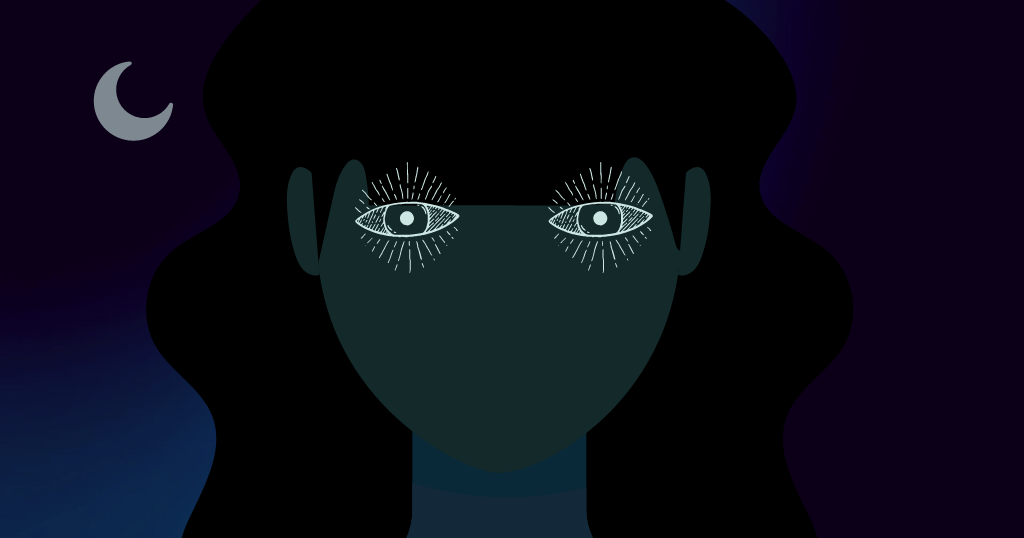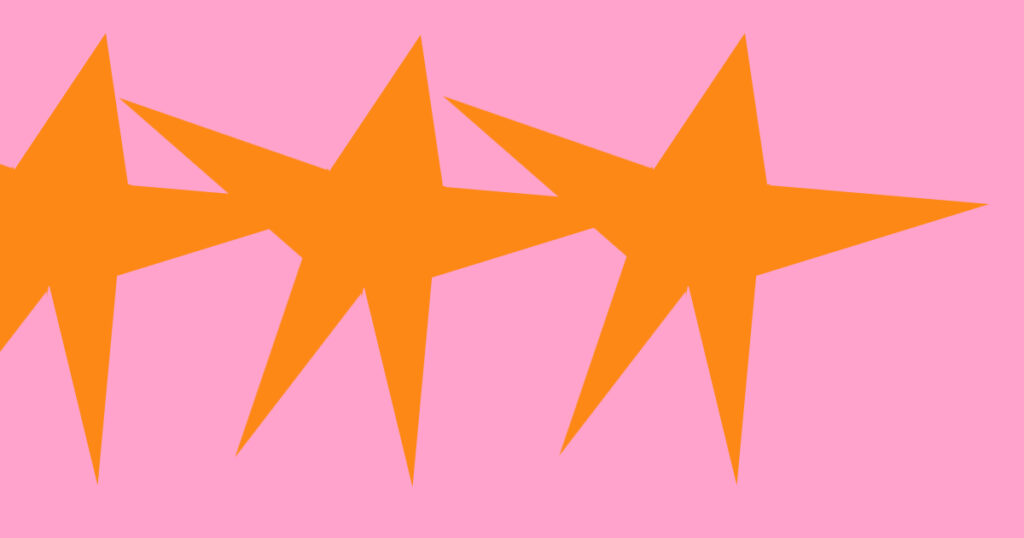Last updated April 2023.
I didn’t know you were supposed to be able to breathe through your nose until the first day of swimming lessons, when we were told to go underwater and blow bubbles through our noses.
I almost drowned. When I shot back up out of the water, my thoughts were dark.
Slave to nasal spray
This tragic rhinitis led me to a parade of over-the-counter and prescription decongestants and then to two years lost to nasal-spray addiction. Finally a sinus infection colluded with rebound congestion to scare me straight and I never touched the spray again.
Surgery helped for a while
The sinus infection debacle, combined with being told that I sounded funny all the time, made me determined to find a solution. I had my septum un-deviated and lo! I woke up breathing through my nose for the first time ever. Life was great for two years. But then my sinuses went back almost to their original state.
Diet and nutritional therapy approaches
The gluten-free diet change helped a lot. Things improved more once I got the following back to normal levels:
- Calcium and magnesium
- Iron
- Vitamin B-complex (maybe a little)
- Iodine later turned out to help a lot. See my iodine experiment post.
Later the following supplements were miraculous for a while, in combination with the air purifier, and all in pretty high dosages. I did not take them all at the same time. This was over a couple of years.
- Liquid vitamin K2
- Apolactoferrin
- Methylfolate
- and, especially, Siliphos, a patented version of milk thistle
Nasal strip and neti pot
The classics. Wear a nasal strip at night and use a neti pot and nasal saline mist spray several times a day.
Myofunctional and sacral-occipital approaches
I spent several months doing mouth and throat, aka “myofunctional”, exercises. Mouth breathing causes throat and facial muscles to atrophy.
I also had about nine adjustments from a sacral-occipital chiropractor. It would not be my first expenditure on this list, but if you have the money, try it. Be warned that sometimes the practitioner gets up on top of the table to do the adjustment, and mine did not warn me beforehand.
What makes it worse
- Some brands of toothpaste
- Sulfates in beer and wine
- The two times my sodium level got too low, from getting dehydrated in the summer, my sinuses slammed shut. (Other symptoms were nausea, headache, and dizziness.)
- Corn syrup
- Dairy
Control your air quality!
After spending a week in an allergy-proofed house — specially-made heating filters and air ducts, mattress covers, etc. — my nose was so much better every morning that I made what changes I could to my ancient apartment.
I bought the quietest and best-rated air purifier I could afford and put it in the bedroom. After two days I was waking up without sneezing or sniffling, so I bought one for the living room, too.
I also replaced my humble vacuum cleaner with a much stronger one with a HEPA filter. I chose a hand-held model designed to remove pet hair from sofas and stairs and use it on the upholstery and throw rugs. The upright, full-scale versions of the hard-core allergen-sucking vacuum cleaners were around $700 and with my small apartment and hardwood floors it was overkill. The little vacuum’s transparent housing allows you to see what’s being sucked up and it’s either reassuring or disgusting, depending on your mood.
Long story short:
- I clean and dust far more often and thoroughly than I would prefer to.
- I replace the HVAC filter every 3 months.
- I replace my car’s cabin filter regularly. If you didn’t know you even had such a thing, be warned that it will be a disgusting, disturbing experience the first time you do this.
When this content was published
The content on this page was published in July 2011 and updated in February 2012, July 2022, and April 2023.





What was the air purifier you used?
Thanks in advance!
I bought a RabbitAir BioGS. One of the comparison sites I looked at when deciding which air purifier to buy was top-air-purifier-reviews.org.